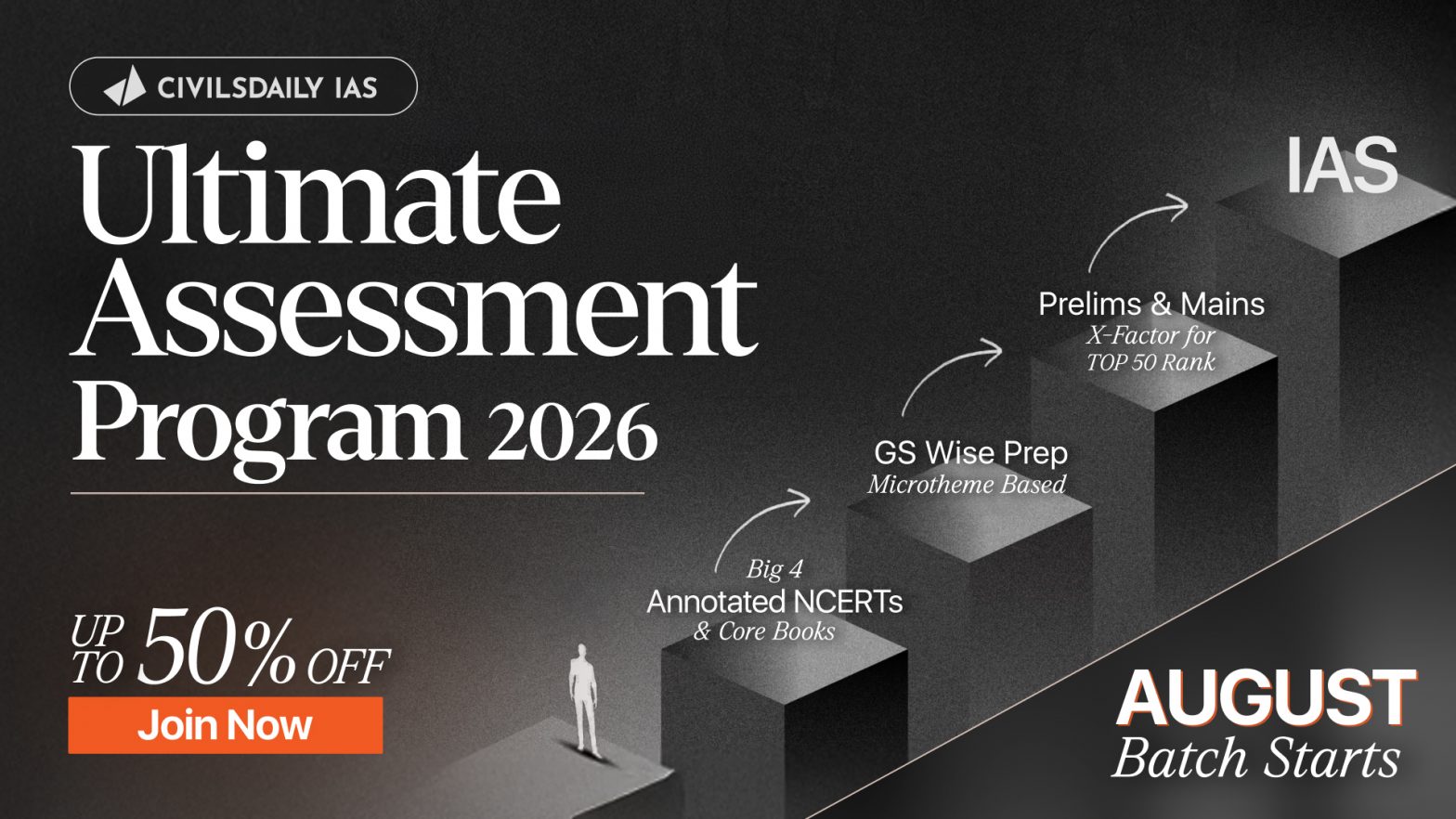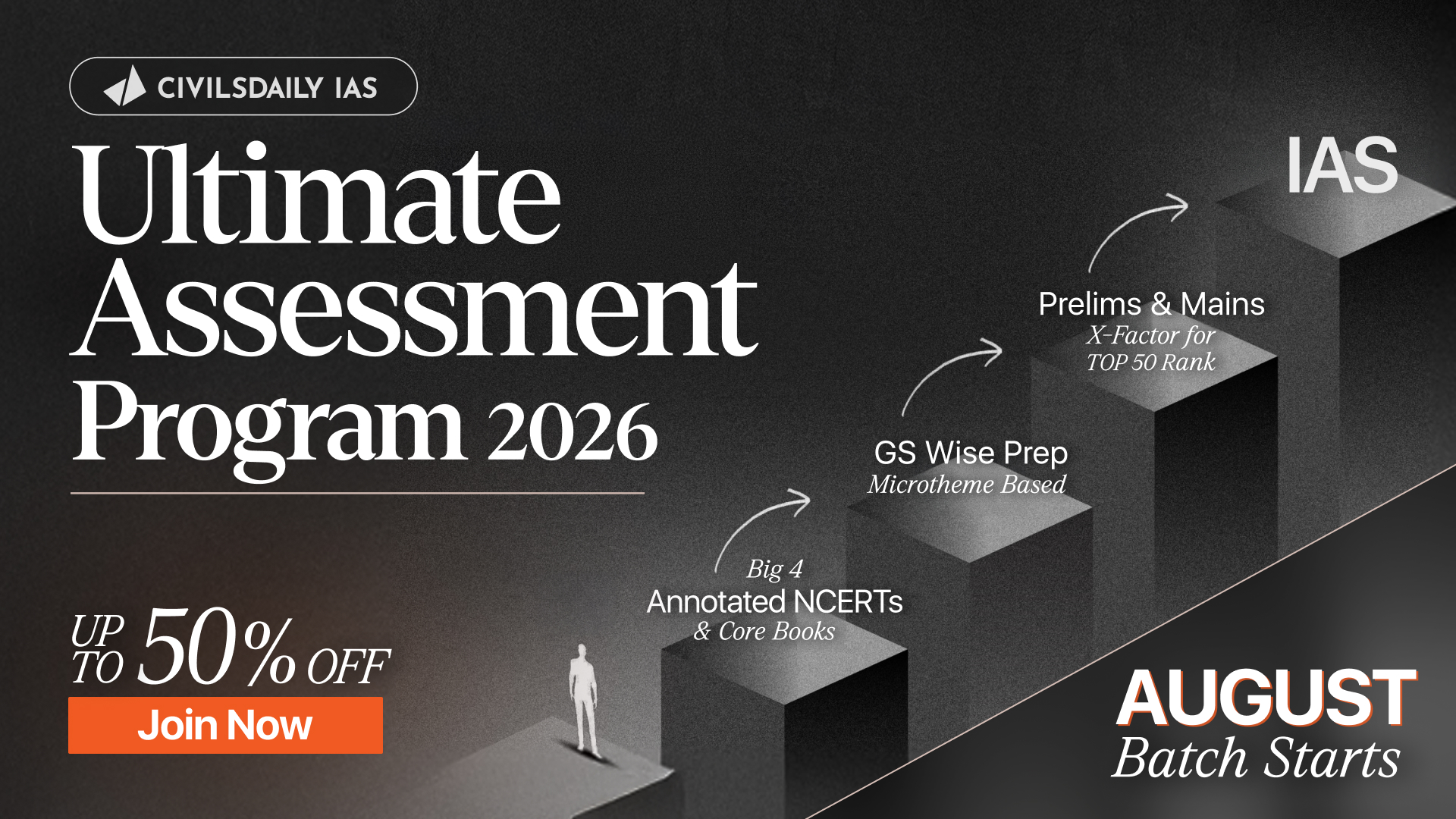





Burning IssuesInterview ProgramMotivation BytesPrelims DailyPrevious Year Question PaperProgram LaunchRanker WebinarsThe Hindu Op-edToppers TestimonialsUPSC Mains Topic-Wise PYQsUPSC PreparationUPSC SyllabusX Factor Notes
20th September
Urban Local Finance: Mechanism, Problems, Way Forward
Municipal Corporations and Municipalities raise their own resources from a variety of sources, as provided for in the respective municipal laws. Their own revenue sources are income from (i) taxes, (ii) fees and fines, and; (iii) earning from municipal enterprises like land, tanks, markets, shops, etc. Besides these bodies receive grants from the State. Property… Continue reading Urban Local Finance: Mechanism, Problems, Way Forward
Urban Local Government: Composition, Functions, Problems
CLICK:-REGISTER & DISCUSS ETHICS CASE STUDIES & YOUR UPSC PREPARATION WITH 1-1 CD MENTORS FOR FREE Urban Local government implies the governance of an urban area by the people through their elected representatives. 74th Constitutional Amendment Act, 1992 provided constitutional status to local urban bodies. 74th Constitutional Amendment This act added a new part IX-A… Continue reading Urban Local Government: Composition, Functions, Problems
Parastatals (Autonomous/semi autonomous institutions) and associated problems
Parastatals are institutions/organizations, which are wholly or partially owned and managed by the government (either autonomous or quasi-governmental). They may be formed either under specific State enactments or under the Societies Registration Act. These bodies are generally formed for delivery of specific services, implementation of specific schemes or programmes sponsored by the State/Union Government/international donor… Continue reading Parastatals (Autonomous/semi autonomous institutions) and associated problems
Panchayats (Extension to Scheduled Areas) Act, 1996: Background, Important provisions, Associated problems
Background to PESA PESA is a law enacted by Government of India to cover the “Scheduled Areas”, which are not covered in the 73rd Constitutional amendment. This particular act extends the provisions of Part IX to the Scheduled Areas of the country. PESA brought powers further down to the Gram Sabha level. The Gram Sabha… Continue reading Panchayats (Extension to Scheduled Areas) Act, 1996: Background, Important provisions, Associated problems
Roadmap to Panchayati Raj: Finance, Empowerment
The Union Ministry of Panchayati Raj (MoPR) was established on 27 May 2004 to specifically look after the implementation of the provisions of the CAA and speed up the process of devolution to PRIs. The Ministry has carried out various capacity-building programmes, conducted research and evaluations, and instituted reward schemes to promote devolution. It has… Continue reading Roadmap to Panchayati Raj: Finance, Empowerment
Issues with Panchayati Raj Institutions
Unscientific distribution of functions The Panchayati Raj scheme is defective in so far as the distribution of functions between the structures at different levels has not been made along scientific lines. The blending of development and local self-government functions has significantly curtailed the autonomy of the local self-government institutions. Again it has virtually converted them… Continue reading Issues with Panchayati Raj Institutions
Rural Local Finance: Need, Mechanism
Sources of Income of Panchayats Panchayats can discharge their functions efficiently only if they have sufficient financial resources. For resources, Panchayats depend mainly on grants from State Government. They also have taxation powers and have some income from owned or vested assets. They may get a share in the taxes, duties, tolls and fees that… Continue reading Rural Local Finance: Need, Mechanism
Panchayati Raj Institution: Evolution, Features, Composition, Powers, Functions
Panchayati Raj is a system of rural local self-government in India. It has been established in all the states of India by the acts of the state legislature to build democracy at the grass root level. It is entrusted with rural development and was constitutionalized through the 73rd Constitutional Amendment Act of 1992. REGISTER & DISCUSS… Continue reading Panchayati Raj Institution: Evolution, Features, Composition, Powers, Functions
Comparison of the Indian Constitutional Scheme with that of other countries
A constitution is a set of rules through which a country or state operates. Some countries have unwritten constitutions which means there is no formal constitution written in one particular document. Their constitutional rules are originated from a number of sources. Britain sources its constitution from a number of important statutes, or laws, as well… Continue reading Comparison of the Indian Constitutional Scheme with that of other countries
Constitution of Switzerland: Features, Comparison with Indian + other constitutions
The Spirit of Republicanism is a prominent theme of the Swiss Constitution. Another important feature of the Constitution is its federal features. Switzerland is known for its direct democracy. It is hailed as a Dynamic Constitution (features like protection of individual, welfare state et al) Comparison scheme w.r.t Indian Constitution Indian Constitution Swiss Constitution Executive… Continue reading Constitution of Switzerland: Features, Comparison with Indian + other constitutions
Constitution of Australia: Features, Comparison with Indian + other constitutions
Australia’s system of government is founded in the liberal democratic tradition. Based on the values of religious tolerance, freedom of speech and association, and the rule of law, Australia’s institutions and practices of government reflect British and North American models. At the same time, they are uniquely Australian. Australian federation is modeled on the US… Continue reading Constitution of Australia: Features, Comparison with Indian + other constitutions
Constitution of Canada: Features, Comparison with Indian + other constitutions
The Canadian Constitution encompasses a wide set of principles and values that govern key political relations in the Canadian society. Salient Features Constitutional Monarchy It is the central component of Canada’s constitutional framework. The Constitution Act, 1867 states that executive government and authority in Canada is vested in the Canadian Monarchy (which Canada shares with… Continue reading Constitution of Canada: Features, Comparison with Indian + other constitutions
Constitution of Japan: Features, Comparison with Indian + other constitutions
Japan has a Parliamentary system of Government. It has a constitutional Monarchy. King is more like a ‘Rubber stamp’ authority while PM is head of the Cabinet. Election of the PM PM is elected by both the Houses of Japanese Parliament (called Diet) The two houses of the Diet are: House of Representatives; and House… Continue reading Constitution of Japan: Features, Comparison with Indian + other constitutions
German Constitution: Features, Comparison with Indian + other constitutions
Germany is a federation and the residuary powers in Germany lie with the states. The states are referred to as ‘Landers’. It has a Parliamentary form of Government, modeled on the British Parliamentary form. But it is not just a replicate of the system. Germany is called as ‘Chancellor’s Democracy’. Chancellor is the PM. President… Continue reading German Constitution: Features, Comparison with Indian + other constitutions
French constitution: Features, Comparison with Indian + other constitutions
France is known as ‘Laboratory of Political experiment’. It has a unitary form of government and nature of the government is called as semi-Presidential type It has some features of Parliamentary system and others of Presidential system The French Parliament does not have supremacy even in lawmaking. There is a list for which the legislature… Continue reading French constitution: Features, Comparison with Indian + other constitutions
Chinese constitution: Features, Comparison with Indian + other constitutions
China is a socialist country. There is supremacy of socialist ideology in China. The Chinese Constitution accepts the leadership of the Communist Party of China (CPC). Communist Party of China (CPC) is the largest political party in the world, having millions of local level members. It works on the principle of Democratic Centralism. The full… Continue reading Chinese constitution: Features, Comparison with Indian + other constitutions
Constitution of USA: Features, Comparison with Indian + other constitutions
Salient Features of American Constitution While American Constitution is the shortest (of any major government in the world) and the first written constitution, India’s Constitution is the lengthiest written constitution in the World. American Constitution is a very rigid constitution consisting of only Seven Articles and twenty-seven amendments, so far. Originally, the India Constitution consisted… Continue reading Constitution of USA: Features, Comparison with Indian + other constitutions
British Constitution: Features, Comparison with Indian Constitution
CLICK:-REGISTER & DISCUSS ETHICS CASE STUDIES & YOUR UPSC PREPARATION WITH CD MENTORS FOR FREE Salient Features Unwritten One of the most important features of the British constitution is its unwritten character. There is no such thing as a written, precise and compact document, which may be called as the British constitution. The main reason… Continue reading British Constitution: Features, Comparison with Indian Constitution
20 September 2017 | Prelims Daily with Previous Year Questions & Tikdams
Q.1) ‘Hamas’, which is often seen in news, is a Sunni-Islamic fundamentalist organization from a) Palestine b) Syria c) Iran d) Yemen Q.2) Recently, The Securities and Exchange Board of India (SEBI) has relaxed the guidelines for REITs InvITs in order to broaden the scope of fund raising by such instruments. REITs and InvITs are… Continue reading 20 September 2017 | Prelims Daily with Previous Year Questions & Tikdams
19th September
Appointment to various Constitutional posts, powers, functions & responsibilities of various Constitutional Bodies
Under the Constitution, the President has power to make numerous constitutional appointments. But in reality he exercises this power on the proposal of the Cabinet. Cabinet decides who is to be appointed and at what place. The President appoints Governor of States, ambassadors and members of a number of Commissions. The unseen finger behind all these appointments is, however,… Continue reading Appointment to various Constitutional posts, powers, functions & responsibilities of various Constitutional Bodies
Slide Anything shortcode error: A valid ID has not been provided





